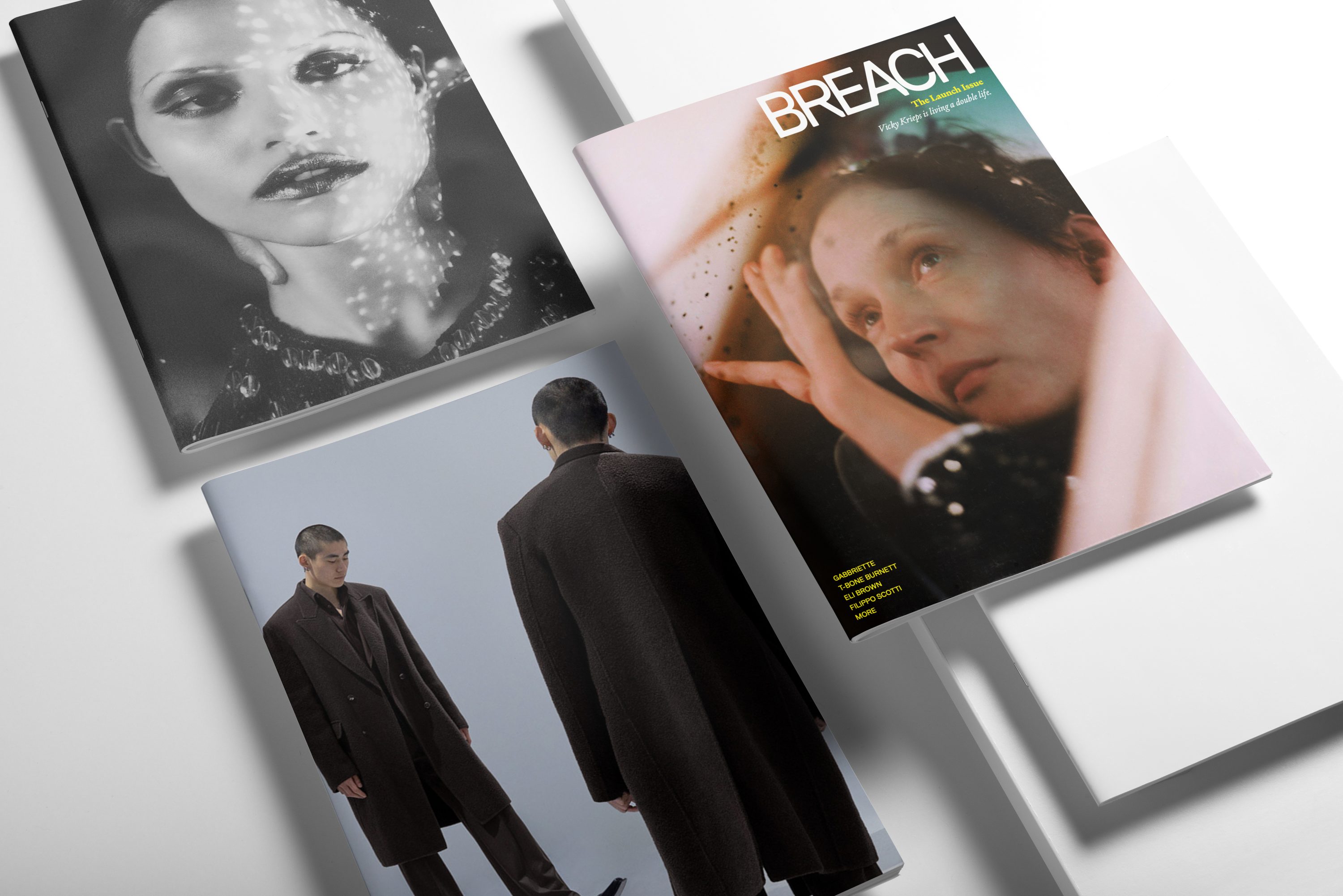Founders Michael Avedon and James Dylan on the Power of Print and the Impeccably Curated Potential of Their New Photography-Forward Project
By Mark Wittmer
Launching a print magazine is becoming an increasingly fraught endeavor. We’ve heard the refrain that “print is dead” countless times over the last decade and a half, and the reasons seem clear: with the rise of digital, fewer and fewer people are buying physical magazines, and most of the time the sales just can’t justify the printing costs. Yet this ostensible decline of print has had the paradoxical effect of launching a quiet revolution; while there are fewer magazines and fewer readers of them, those that do exist embody the belief that the printed image and word is something to be cherished, something that has a power that can’t be found elsewhere.
Into this uncertain landscape comes BREACH: a new photography-forward magazine founded by photographers Michael Avedon – who works in editorial but is most interested artist portraits – and James Dylan – who also works in editorial and as a filmmaker – that leans into the luxury of the printed page while committing to a curatorial concept that they hadn’t been seeing in the space before.
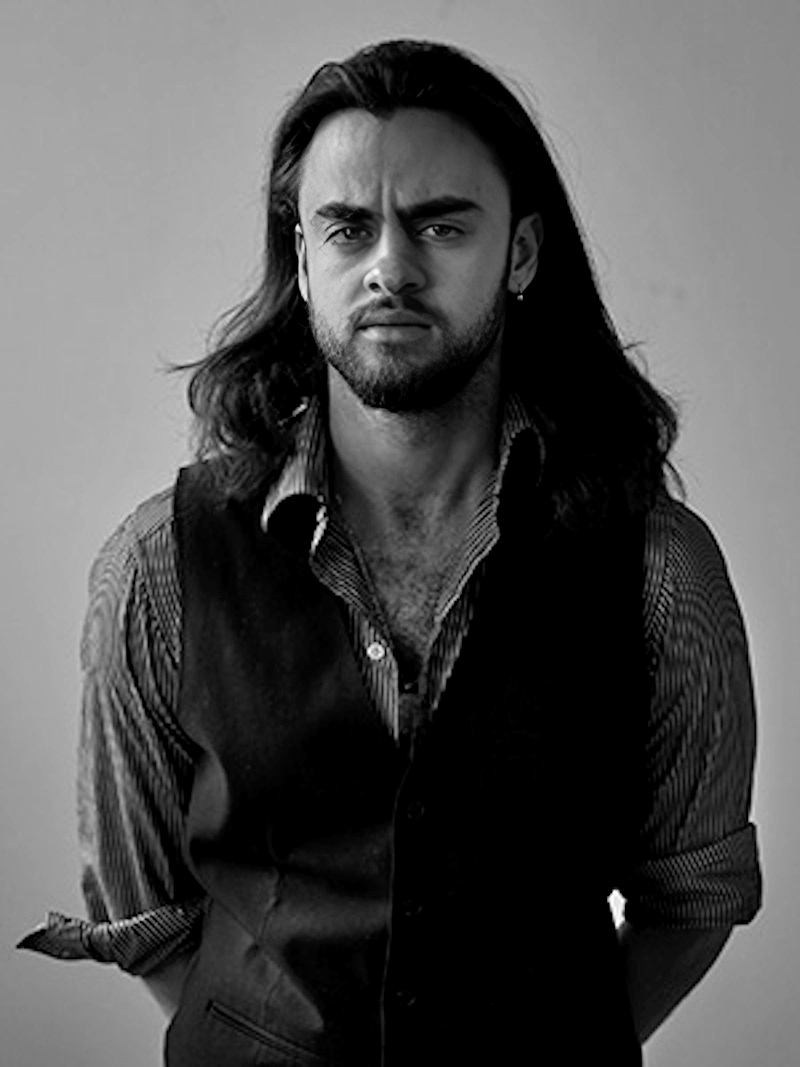
Just days after the magazine celebrated its debut issue with a launch event at the iconic Fotografiska museum in New York, The Impression caught up with Michael and James to learn about the genesis of BREACH, its curated perspective, and its approach to the advertorial model.
While the two may have set out to chart the new path forward for fashion and photography in print, the origin of their friendship is somewhat more innocuous: “I wish I had a better story for you,” confesses James. “We met at a barbecue.” Michael adds, “We met in a heated manner. We were passionately discussing and debating the work of artists we both admire, be it Dostoyevsky or John Ford.”
In their friendship characterized by a passion for the work of old masters and an excitement around the rising talents who carry this legacy forward while imagining new worlds, the two creatives ultimately arrived at the inspiration for a magazine: one that would evince the continuity between old and new creative visionaries while honoring their incisive aesthetic tastes and manifestly having a reason to be in print. James sums it up best, saying,

Part of what we feel like we’re not seeing is a space for conversation between the old guard and the avant garde; we want to bridge our excitement for what’s going on with young people and rising stars, particularly in New York, with our reverence for old idols. I’m not familiar with any publication that is doing it in the way we’d like to do it – we saw that opportunity so we took it.” BREACH was born.
But while the concept came together organically and from a place of excitement, getting a new print magazine off the ground has proven to be a lot more work – particularly when the two leaders have such an exacting and distinct vision for what the publication is and for what kinds of artists and work it will feature. The pair shared that they had initially, optimistically expected to get the first issue out in three or four months; it took a little over a year. Though James and Michael are both well-connected in the worlds of photography and fashion editorial, many of the photographers and agents they reached out to were, understandably, hesitant to jump onto an ambitious print project that they couldn’t yet look at or read. On the other hand, there were cases when photographers whom they worked well with and whose work they admired just weren’t right for what they wanted to do with the magazine at that moment.
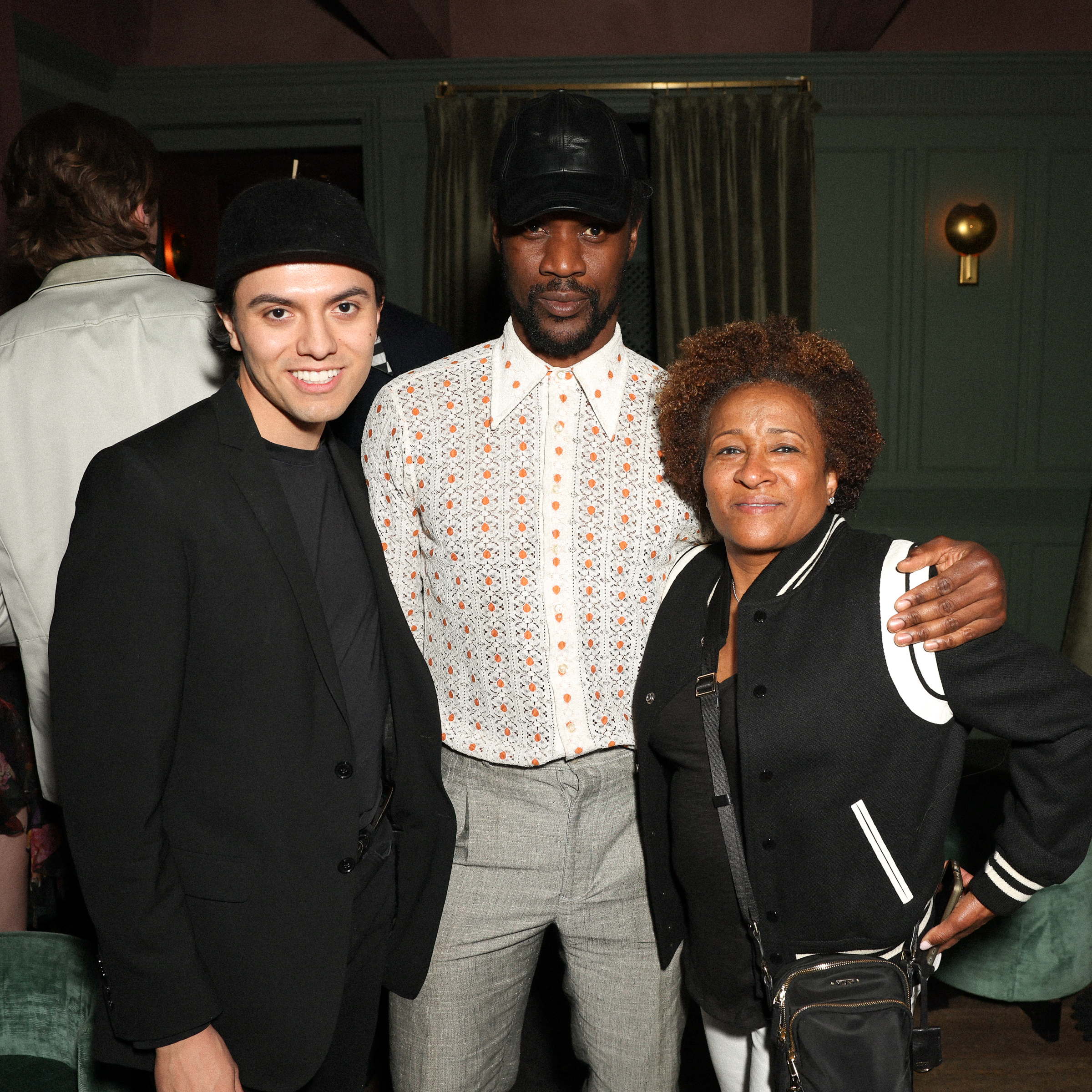


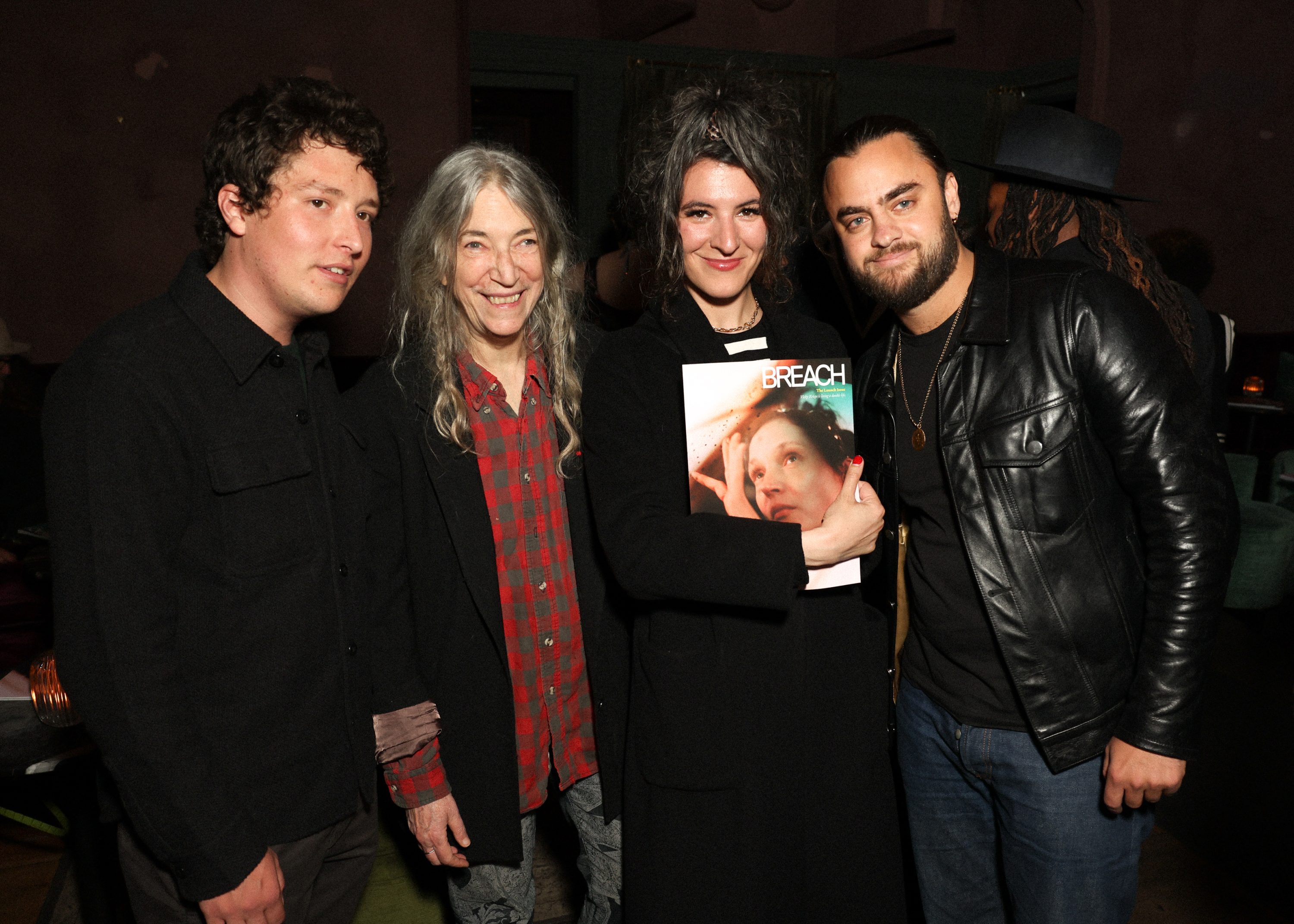


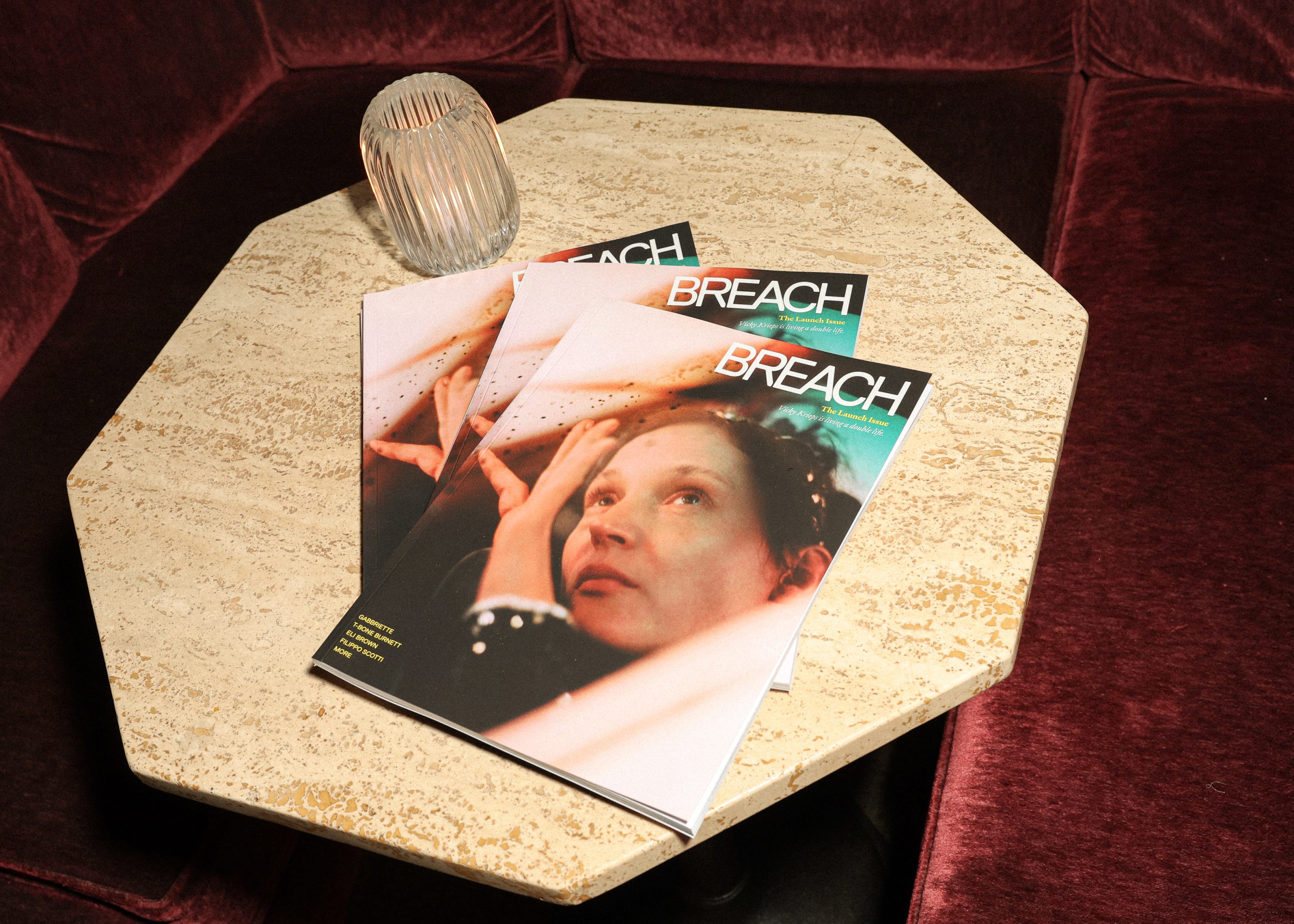

The launch issue’s stunning cover story, featuring the mesmerizing and powerful Vicky Krieps, proves that that patience and perfectionism has been worth it. Michael knows the actor personally; James and Michael are both fans of her work, and were delighted that she agreed to do a shoot for the magazine. Then, explains James, it “becomes a search for finding a photographer that works. We came up with a lot of names for her, and some of them did not work – both were great minds but just didn’t connect in a way that worked for us. And then when we found the right one, Chantal Anderson, it made a lot of sense.”
“Chantal and Vicky was such a kismet, an unbelievable, fateful coming together,” Michael adds. “I had talked with Chantal beforehand and in five minutes was blown away by her sensitivity, her poetic spirit, just over the phone. And Vicky said to me that was the greatest photographing experience she’s ever had – and I know she wasn’t just being nice. There was something more that occurred than just powerful photography, and I think that resonates throughout the work when you see it. It’s a story we’re extremely pleased and honored about.”
In other cases, the collaborations between photographer and subject have felt more spontaneous and surprising. As James explains, “There’s no one way we select the subjects. The main thing is if they fit this idea of what we’re trying to accomplish, what we’re trying to put a spotlight on, and if they do, beyond that there’s not really any particular criteria. For example, Dan Winters, who is a legendary photographer, after he very graciously agreed to work with us, suggested T Bone Burnett. In that light, we’re open to photographers bringing in people that they gravitate towards, and it brings a lot of exciting new directions in.”

That idea of connection across different artistic eras and disciplines and conversation between unexpected collaborators extends across the magazine’s advertorial model as well. Fashion advertising has always been unique in that ads themselves are content – in Michael’s words, “strong work is strong work” – and one of the major ways brand communicate their artistic identity; BREACH’s ethos of cross-pollination provides a platform for fashion houses to share beautiful imagery that expresses their aesthetic signature in new ways, and that can live organically alongside other strong creative visions.
Reflecting on this potential, Michael goes on to say, “Obviously these incredible brands that have sometimes a century of history, their visual identity is extremely distinct. We want to work within the arena of their aesthetics, but advertising is in a very exciting spot, very imaginative, where there’s always room to, as Diana Vreeland said, ‘give them what they don’t know they want yet’ – to further elevate and evolve both for us and for brands we’d like to collaborate with. Naturally we want to work in the wheelhouse of what they do, but also have that creative freedom as we want to give to our photographers and writers to go to a place that they haven’t gone to yet. It’s all about incredible imagination; there’s no strict border between advertorial and editorial or a limit on who can do what. Those oppositions are very interesting, and I feel like you need a bit of that tension in good work.”
“That contradiction is something we’re quite aware of and have tried to explore,” James continues.
“We love to find two people, a photographer and subject, that do not make sense together, and allow them through the nature of their working together to find some connection that makes sense. Which again goes back to the ethos of what is BREACH, which is this connection, this place for ideas to be found that maybe weren’t there before.”
Perhaps unexpectedly, the editorial approach and the commitment to having a beautiful printed product you can hold in your hands makes for a symbiotic relationship – one which would shape a major decision in the magazine’s formatting and release. As James explains, the “idea at the beginning was to do it biannual and that was the plan. But we started meeting with brands and it was a surprise to me, and a welcome one in some ways, that they’re asking about print room; they want advertisements and clothes shown in print – before digital. And that’s realigned our way of thinking, and is a big part of what led to us doing a quarterly.”

While the magazine also has a digital component, BREACH is print-forward – in keeping with the aforementioned editorial demands, but primarily because beautiful photography and thoughtful curation and conversation deserves to be seen on the printed page. Michael and James teamed with Bello Projects, a New York-based production and printing agency, to produce the physical magazine, and have been blown away by the results. After holding the first issue, Michael says, he “was overwhelmed and it was almost endearing, not only in the way we’ve been blessed to be able to take this on and do it, but print is so important, as we all know: the physical component, the sensitivity and sensibility, the work comes to life in a way that is so much more rich. We live in such a digital world and we can get a sense of what the photographer was exploring, but it’s a totally different experience to hold something, whether it’s the complete works of Rembrandt or an old Harper’s Bazaar.”
James adds, “People seem to believe print is going out, and it seems like there’s some truth to that – but I do know people that still buy print and gravitate towards it. We made a conscious decision in our launch issue to make it something that you’re gonna hold onto. What’s not gone out is that people want meaningful things that are not just all gloss and color and sensory overload, but is something nice that will last that you’re gonna collect. It’s nice and well put-together and something you want to take care of.”
Along with that idea of longevity comes an exciting sense of ambition and discovery. Michael and James have been referring to the first BREACH release as the “launch issue,” rather than “issue one;” they plan for the official issue one to include most of the content from the launch issue, but with the same amount of new content to make it twice as big. James Dylan, Michael Avedon, and BREACH have given us much to look forward to, and as Michael reflects, “What’s great is we’re still sculpting our identity.

We have a strong sense of where we want to go visually, and that comes through in those we’re commissioning for BREACH, but then they can take us to places we hadn’t imagined yet. It’s an exciting period of being young and fresh and knowing what we want to do, but also being open to see what kind of life form it takes. It’s a collaborative evolutionary process.”
